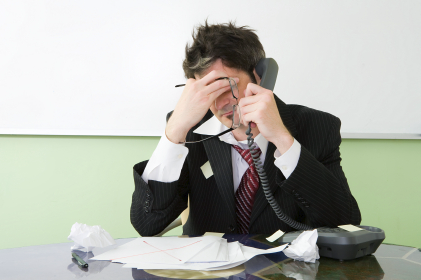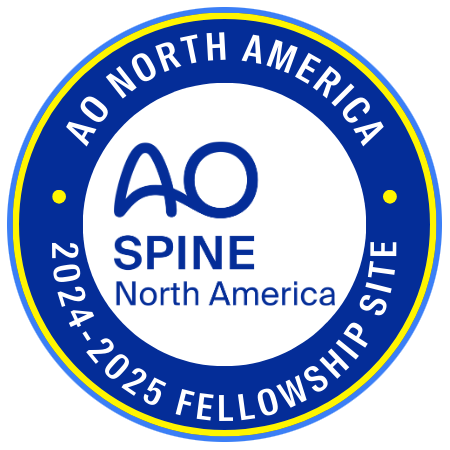 There are a variety of theories about the causes of stress related back pain. Importantly, the overriding tenet in all of these theories is that psychological and emotional factors cause some type of physical change resulting in the back pain.
There are a variety of theories about the causes of stress related back pain. Importantly, the overriding tenet in all of these theories is that psychological and emotional factors cause some type of physical change resulting in the back pain.
In most theories of stress related back pain, the pain cycle continues and is exacerbated as the pain leads to the patient becoming timid and anxious about daily activities. The pain cycle is characterized by:
- The patient becomes unnecessarily limited in many functions of daily life, as well as leisure activities
- This decrease in activities is due to the patient’s fear of the pain and injury
- This fear may be made worse by admonitions from doctors (and/or family and friends) to “take it easy” due to some structural diagnosis (which may actually have nothing to do with the back pain)
- The limitations in movement and activity lead to physical de-conditioning and muscle weakening, which in turn leads to more back pain
Of course, this cycle results in more pain, more fear, and more physical de-conditioning along with other reactions such as social isolation, depression and anxiety.
Doctor Sarno’s Theory
In Dr. Sarno’s formulation of TMS, the back pain is not attributed to mechanical or physical factors, but rather due to the patient’s feelings, personality, and unconscious issues.  Key emotions include unconscious anger and rage. In addition he describes people who are likely to get TMS as being similar to the type A personality, with characteristics such as:
Key emotions include unconscious anger and rage. In addition he describes people who are likely to get TMS as being similar to the type A personality, with characteristics such as:
- Having a strong inner drive to succeed
- Having a great sense of responsibility
- Being self-motivated and disciplined
- Being their own severest critics
- Being perfectionistic and compulsive
Dr. Sarno’s theory is that these personality characteristics interact with stressful life situations to cause the back pain. He points out that the source of psychological and emotional tension is not always obvious.
Dr. Sarno’s theory of TMS describes a mechanism whereby emotional tension is pushed out of awareness by the mind into the unconscious. This unconscious tension causes changes in the body’s nervous system. These changes include constriction in blood vessels and reduction of blood flow to the various soft tissues, including muscles, tendons, ligaments, and nerves in the back. This causes a decrease in oxygen to the area as well as a buildup of biochemical waste products in the muscles. In turn, this results in muscle tension, spasm and back pain experienced by the patient.
Source: www.spine-health.com








